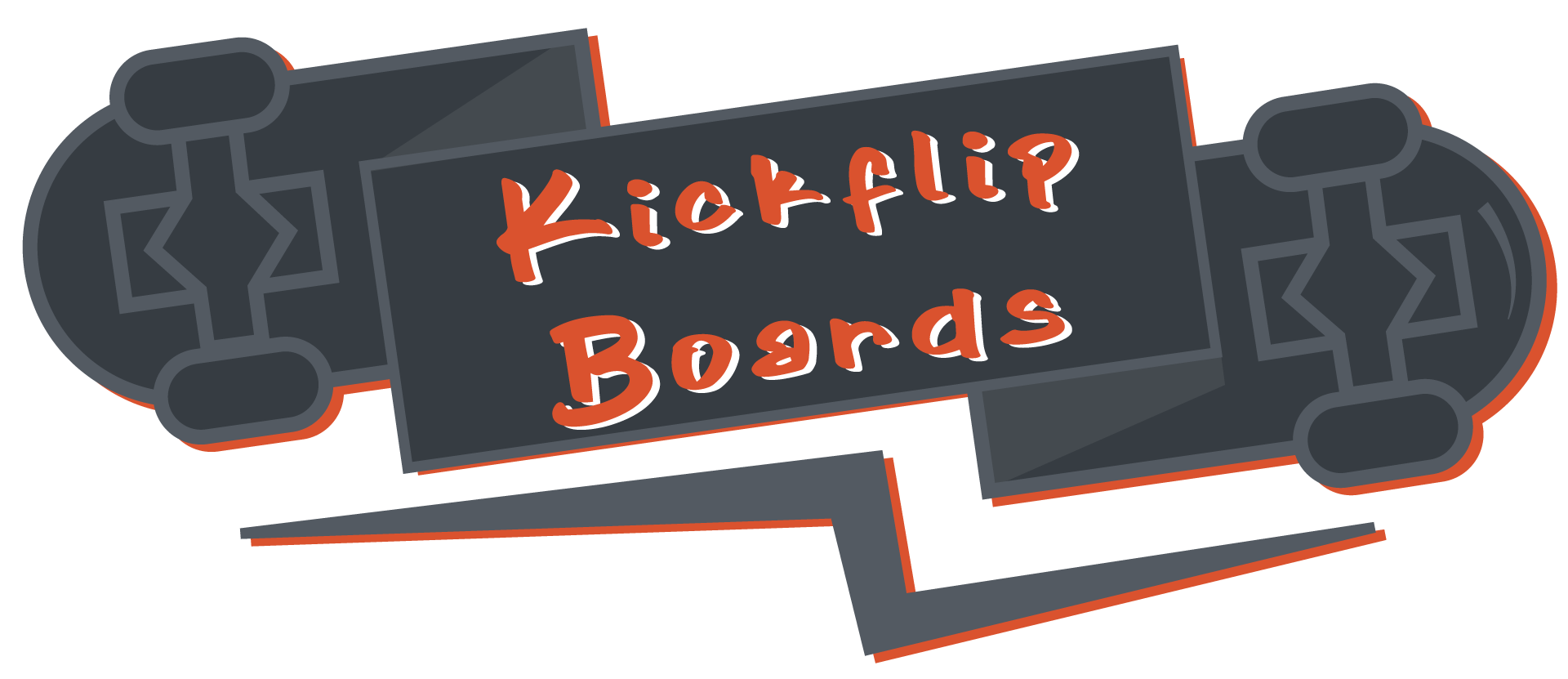As a skateboarder, you know that staying in top shape is crucial for performing tricks, navigating challenging terrain, and reducing your risk of injury. However, finding the right balance between training, exercise, and competition preparation can be overwhelming, especially when trying to maintain speed and style. Whether you’re a seasoned pro or just starting out, incorporating effective skateboarding workout tips into your routine can help you unlock endless possibilities and take your skills to the next level.

Effective Skateboarding Workout Tips for Endurance and Injury Prevention
To boost your skateboarding skills and stay safe, it’s essential to incorporate a well-rounded workout routine that targets endurance and injury prevention.
-
Cardiovascular Training
A strong cardiovascular system is crucial for skateboarding, enabling you to perform tricks and maneuvers with ease. Engage in activities like running, cycling, or swimming for at least 30 minutes, three times a week.
-
Strength Training
Building strength in your legs, core, and upper body will help you maintain balance and stability while skateboarding. Focus on exercises like squats, lunges, deadlifts, and bench press.
-
Flexibility and Mobility
Incorporate stretching exercises into your routine to improve flexibility and mobility. This will enable you to move freely and comfortably while skateboarding.
-
Plyometric Training
Plyometric exercises, such as jump squats and box jumps, can help improve your power and explosiveness, making it easier to perform tricks and land smoothly.
-
Balance and Coordination Exercises
Practice balance and coordination exercises, such as single-leg squats and balance boards, to enhance your overall stability and control while skateboarding.
-
Skate-Specific Drills
Incorporate skate-specific drills, such as ollie boxes and quarter pipes, to improve your technique and build muscle memory.
-
Rest and Recovery
Adequate rest and recovery are crucial for allowing your muscles to repair and rebuild. Ensure you get enough sleep and take regular breaks during intense training sessions.
Remember to always warm up before skating and cool down afterwards to prevent injuries and promote recovery. By incorporating these effective skateboarding workout tips into your routine, you’ll be able to improve your endurance and reduce your risk of injury.
Additional Resources:
- Skateboard Magazine offers valuable insights and tips on skateboarding techniques, gear, and culture.
- Kickflip Boards provides expert-approved skateboarding tips and advice for skaters of all levels.
- Skate Park Near Me helps you find nearby skate parks and facilities to practice and improve your skills.
Unlock Top Skateboarding Workout Routines for Strength, Agility, and Style
To take your skateboarding skills to new heights, it’s essential to incorporate a well-rounded workout routine that targets strength, agility, and speed without sacrificing style.
-
Upper Body Exercises:
Skateboarders need strong arms and shoulders to perform tricks and maneuvers with confidence. Incorporate exercises like push-ups, pull-ups, and dumbbell rows into your routine to build upper body strength.
- Push-ups: 3 sets of 10 reps
- Pull-ups: 3 sets of 8 reps
- Dumbbell rows: 3 sets of 12 reps
-
Lower Body Exercises:
A strong lower body is crucial for explosive power and stability on the board. Include squats, lunges, and calf raises in your routine to target your legs and glutes.
- Squats: 3 sets of 15 reps
- Lunges: 3 sets of 12 reps per leg
- Calf raises: 3 sets of 20 reps
-
Core Exercises:
A strong core provides stability and balance on the board. Engage in exercises like planks, Russian twists, and leg raises to build core strength.
- Planks: 3 sets of 30-second hold
- Russian twists: 3 sets of 15 reps
- Leg raises: 3 sets of 20 reps
Agility Drills:
Incorporate agility drills into your routine to improve quickness and reaction time on the board. Examples include cone drills, ladder drills, and shuttle runs.
- Cone drills: 3 sets of 30 seconds
- Ladder drills: 3 sets of 30 seconds
- Shuttle runs: 3 sets of 30 seconds
Flexibility and Mobility Exercises:
Maintaining flexibility and mobility is essential for optimal performance on the board. Engage in stretching exercises like hamstring stretches, quadriceps stretches, and hip flexor stretches.
- Hamstring stretches: 3 sets of 30 seconds per leg
- Quadriceps stretches: 3 sets of 30 seconds per leg
- Hip flexor stretches: 3 sets of 30 seconds per leg
Cardiovascular Training:
Regular cardiovascular training helps improve endurance and stamina on the board. Engage in activities like running, cycling, or swimming for at least 30 minutes, three times a week.
Nutrition and Recovery:
A balanced diet and adequate recovery are crucial for optimal performance on the board. Focus on consuming protein-rich foods, complex carbohydrates, and healthy fats to fuel your workouts. Additionally, prioritize rest and recovery to allow your muscles to repair and rebuild.
By incorporating these exercises and drills into your routine, you’ll be able to improve your strength, agility, and speed on the board without sacrificing style.

Unlock Explosive Skateboarding Skills: Top Workout Tips & Exercises for Power & Injury Prevention
Boost your skateboarding skills without sacrificing your body. Discover expert-approved workout tips and exercises to increase power, explosiveness, and prevent overuse injuries.
- The Importance of Warm-Up and Cool-Down Routines: Before and after every skate session, incorporate dynamic stretching and light cardio to prepare your muscles for intense activity and aid in recovery.
- Core Strengthening Exercises: Engage in activities like planks, Russian twists, and leg raises to develop a strong core, essential for stability and balance on the board.
- Landing Techniques and Muscle Memory:
- Practice landing from various heights and angles to improve muscle memory and reduce the risk of injury.
- Focusing on soft landings, keep your knees bent and weight centered over the board.
- Develop a consistent landing technique to enhance overall control and confidence.
By incorporating these workout tips and exercises into your routine, you’ll be well on your way to unlocking explosive skateboarding skills, increasing power and explosiveness, and preventing overuse injuries.
For more information on skateboarding techniques, gear recommendations, and insights into the latest trends in skateboarding, visit our website at https://kickflipboards.com/ .

Optimizing Your Skateboarding Workout Routine
To achieve better performance, prevent common injuries, and stay competitive, it’s essential to have a well-structured skateboarding workout routine.
-
Warm-Up and Stretching Exercises
A proper warm-up and stretching routine helps prevent injuries and improves flexibility. Incorporate exercises like leg swings, arm circles, and calf raises into your warm-up routine. Additionally, focus on stretching your hamstrings, quadriceps, and hip flexors to enhance mobility and reduce muscle tension.
-
Strength Training
Building strength is crucial for improving your overall skateboarding performance. Focus on exercises that target your legs, core, and upper body, such as squats, lunges, deadlifts, and bench press. Incorporate resistance bands or weights to increase the intensity of your workouts.
-
Cardiovascular Endurance
Skateboarding requires a high level of cardiovascular endurance. Engage in activities like running, cycling, or swimming to improve your aerobic capacity. Aim for at least 30 minutes of moderate-intensity cardio exercise per session.
-
Plyometric and Agility Drills
Incorporate plyometric and agility drills into your workout routine to improve your power, speed, and reaction time. Examples include box jumps, burpees, and shuttle runs. These exercises will help you develop the explosive movements necessary for advanced skateboarding tricks.
-
Mental Preparation and Visualization
Mental preparation and visualization play a significant role in achieving success in skateboarding. Practice mindfulness techniques, such as meditation and deep breathing, to improve your focus and concentration. Visualize yourself successfully landing complex tricks and overcoming obstacles to build confidence and mental toughness.
Common Injuries and Prevention Strategies
Skateboarding injuries can occur due to various factors, including poor technique, inadequate equipment, and insufficient training. To prevent common injuries, focus on:
-
Wearing Proper Safety Gear
Always wear a helmet, knee pads, elbow pads, and wrist guards to protect yourself from impact-related injuries.
-
Learning Proper Techniques
Focus on learning proper skateboarding techniques, including balance, foot placement, and body positioning. Practice regularly to develop muscle memory and improve your overall skills.
-
Maintaining Equipment
Regularly inspect and maintain your skateboard to ensure it’s in good condition. Check for loose screws, worn-out wheels, and damaged decks to prevent accidents.
Staying Competitive
To stay competitive in the skateboarding world, focus on continuous improvement and self-reflection. Set realistic goals, track your progress, and adjust your training regimen accordingly. Stay motivated by setting challenges for yourself and pushing beyond your comfort zone.
Additional Resources
For further guidance and inspiration, check out the following resources:
- Skateboard Magazine – A leading publication covering the latest skateboarding news, trends, and techniques.
- Thrasher Magazine – A renowned magazine featuring skateboarding culture, fashion, and lifestyle.
- Bones Wheels – A reputable manufacturer of high-quality skateboard wheels and accessories.
Unlock Essential Skateboarding Workout Tips for Improved Technique, Strength, and Speed
As a skateboarder, mastering the basics is just the beginning. To take your skills to the next level, you need to incorporate a solid workout routine that targets your core, legs, and upper body.
- Core Strengthening Exercises: A strong core is essential for stability and balance on a skateboard. Incorporate exercises like planks, Russian twists, and leg raises into your workout routine.
- Leg Strengthening Exercises: Squats, lunges, and deadlifts are great for building leg strength, which is crucial for popping ollies and performing tricks.
- Upper Body Strengthening Exercises: Push-ups, pull-ups, and dumbbell rows can help improve your upper body strength, enabling you to perform tricks with more power and control.
- Plyometric Exercises: Plyometric exercises like box jumps and burpees can help improve your explosive power, allowing you to jump higher and land softer.
- Flexibility and Mobility Exercises: Regular stretching and mobility exercises can help improve your flexibility and range of motion, reducing the risk of injury and improving your overall performance.
Sample Skateboarding Workout Routine:
- Warm-up: 10-15 minutes of light cardio and dynamic stretching
- Monday ( Upper Body): Push-ups, pull-ups, dumbbell rows, and shoulder presses
- Tuesday (Lower Body): Squats, lunges, deadlifts, and calf raises
- Wednesday (Rest Day)
- Thursday (Core): Planks, Russian twists, leg raises, and bicycle crunches
- Friday (Plyometrics): Box jumps, burpees, and jump squats
- Saturday (Flexibility and Mobility): Yoga or Pilates session
- Sunday (Rest Day)
Additional Tips:
Remember to always warm up before skating and cool down afterwards to prevent injuries. It’s also essential to listen to your body and take rest days as needed. With consistent practice and a well-rounded workout routine, you’ll be shredding like a pro in no time!
For more information on skateboarding techniques, gear recommendations, and the latest trends in skate culture, visit our website at Kickflip Boards .

Unlock Expert Skateboarding Workout Tips for Strength, Flexibility & Performance
As a beginner or intermediate skater, taking your skateboarding to the next level requires dedication, persistence, and a well-rounded approach to training.
- Develop a Strong Foundation: Focus on building core strength through exercises like planks, crunches, and leg raises. A strong core provides stability and balance, essential for executing tricks and maneuvers.
- Incorporate Upper Body Exercises: Engage in push-ups, pull-ups, and dumbbell rows to develop upper body strength. This will enable you to perform tricks and stunts with confidence and control.
- Improve Flexibility and Mobility: Regular stretching and mobility exercises will enhance your range of motion, allowing you to transition smoothly between tricks and land safely.
- Practice Balance and Coordination: Incorporate balance boards, BOSU ball training, or single-leg squats to challenge your balance and coordination. This will translate to improved overall performance on the board.
- Condition Your Legs: Squats, lunges, and calf raises will strengthen your legs, enabling you to explosively propel yourself off the ground and maintain speed.
- Train Your Mind: Visualization techniques, meditation, and positive self-talk can help you stay focused, motivated, and composed under pressure.
Sample Workout Routine:
- Warm-up: 10-minute dynamic stretching and light cardio
- Monday (Upper Body): Push-ups, pull-ups, dumbbell rows, and shoulder presses
- Tuesday (Lower Body): Squats, lunges, calf raises, and leg press
- Wednesday (Rest Day)
- Thursday (Core): Planks, crunches, leg raises, and Russian twists
- Friday (Balance and Coordination): Balance boards, BOSU ball training, or single-leg squats
- Saturday and Sunday (Rest Days)
Additional Tips:
Stay hydrated, fuel your body with a balanced diet, and get enough sleep to aid in recovery and muscle growth.
Experiment with different training methods, such as interval training, circuit training, or HIIT (High-Intensity Interval Training), to keep your workouts engaging and challenging.
Seek guidance from experienced skaters, coaches, or trainers to tailor a workout routine specifically suited to your needs and goals.
Conclusion:
By incorporating these expert-approved workout tips and exercises into your training regimen, you’ll be well on your way to unlocking your full potential as a skater. Remember to stay consistent, persistent, and patient, and always prioritize your safety and well-being on the board.

0 Comments